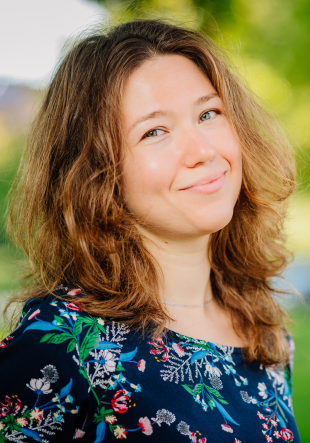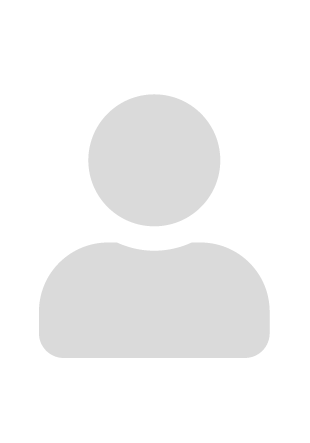Semiconductor quantum wells excited by non-classical states of light: Interplay between photonic quantum correlations and many-body interactions in solid state systems
Overview
Compared to atomic systems, the theoretical description of the optical properties of bulk semiconductors and nanostructures is significantly more complex but also much richer and over a wide range designable by the choice of the nanostructure geometry and the material composition, e.g., in quantum wells. Whereas in atoms the electronic states are localized and discrete, the periodic arrangement of atoms in a lattice results in delocalized Bloch states and the continuous electronic band structure of crystals. In addition, in bulk semiconductors and nanostructures like quantum wells many-body interactions among the electrons and with other quasi-particles like phonons very strongly influence their properties. This has several important consequences such as excitonic resonances which dominate the linear optical absorption near the band gap and many-body correlations, e.g., biexcitonic effects and dephasing and relaxation processes resulting from Coulomb scattering and electron-phonon scattering that significantly modify the optical properties.The excitation of semiconductors and semiconductor nanostructures with classical light fields has been studied very intensively for several decades both experimentally and theoretically. However, significantly less knowledge is available on the interaction with quantum light. Most of the existing literature focuses on the emission properties, e.g., the description of spontaneous light emission (luminescence) by the coupling to vacuum field fluctuations and much attention was in particular paid to quantum dots (so-called artificial atoms, with discrete confined electronic states) due to their potential for applications as on-demand sources for single photons and entangled photon pairs. Up to now, only very few studies exist on the excitation of semiconductors with quantum light for which rather simple cases were considered. With this joint proposal we plan to fill this gap and to develop a fully-quantized and microscopic theoretical approach able to accurately describe the resonant and near-resonant interaction of semiconductor quantum wells with complex quantum light, in particular with bright squeezed light. Such non-classical light is characterized by broad photon number distribution, strong correlations between photons, noise reduction below the shot-noise level, and presence of high-order non-zero orbital angular momenta. The interaction of such light with semiconductors will bring new features into the excitation dynamics and allows to transfer strong quantum correlations from the field subsystem to the electronic one and vice versa. The planned investigations will help to discover the novel features of semiconductor structures arising due to photonic correlations and mutual influence of interacting subsystems, give the possibility to control the electronic transport and properties of such systems and lead to predictions of new physical phenomena and their experimentally observable signatures.
DFG Programme Research Grants
International Connection Russia
Key Facts
- Grant Number:
- 405644111 / ME 1916/7-1
- Research profile area:
- Optoelektronik und Photonik
- Project type:
- Sonstiger Zweck
- Project duration:
- 01/2019 - 12/2022
- Funded by:
- Deutsche Forschungsgemeinschaft (DFG)
- Websites:
-
DFG-Datenbank gepris
Nachricht



